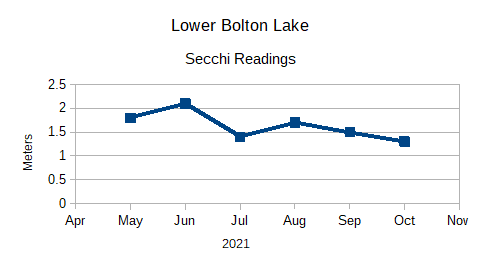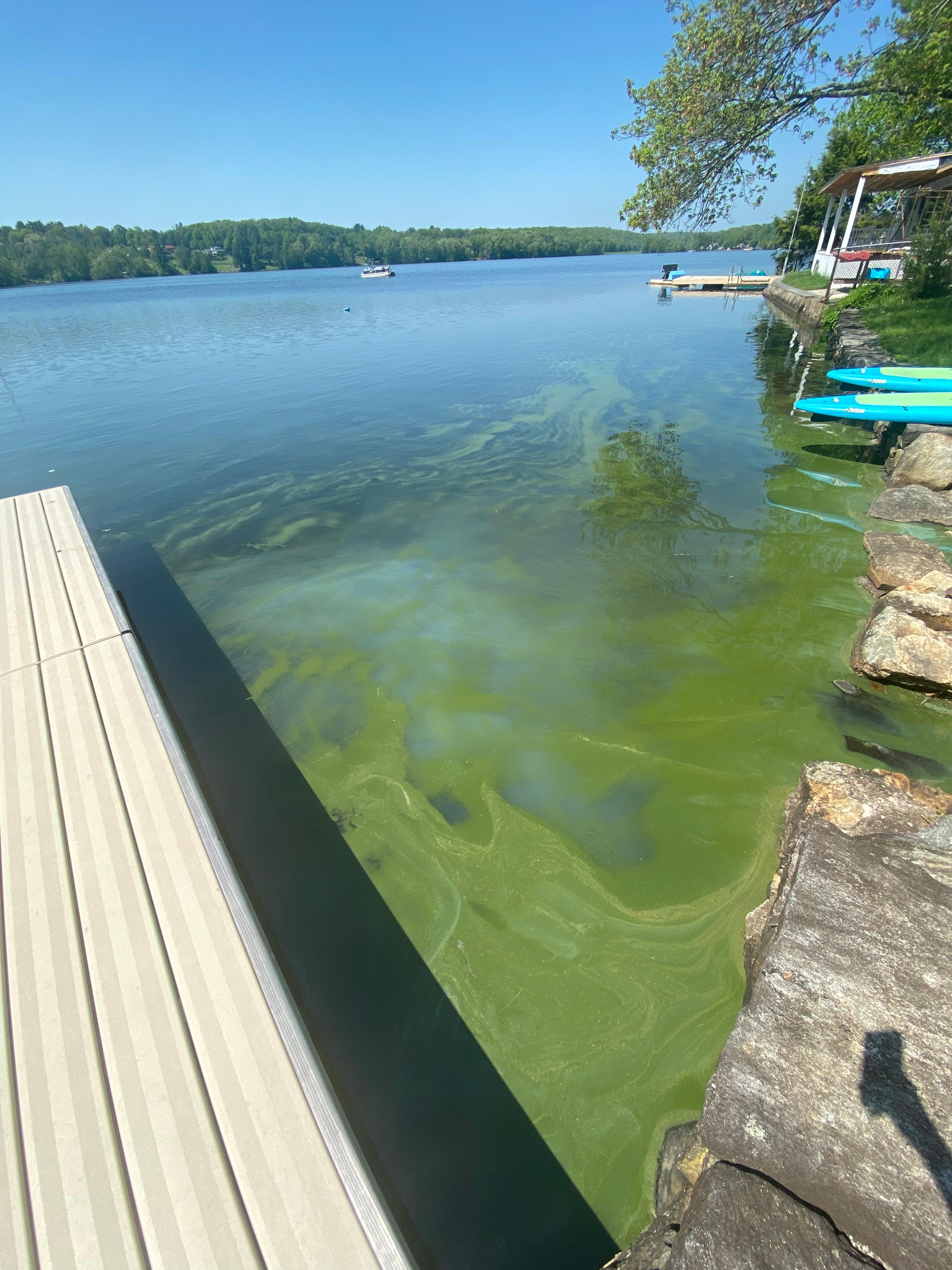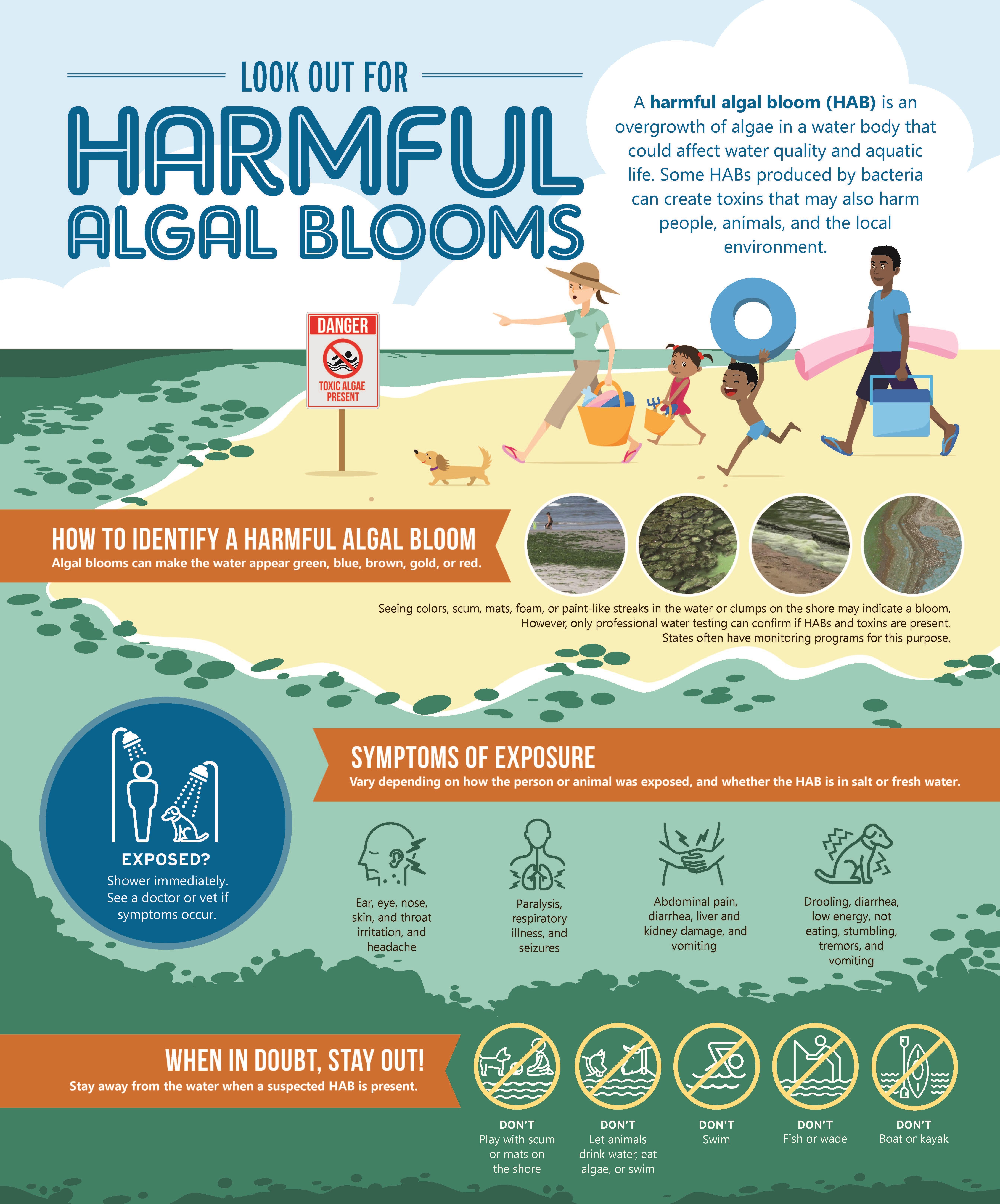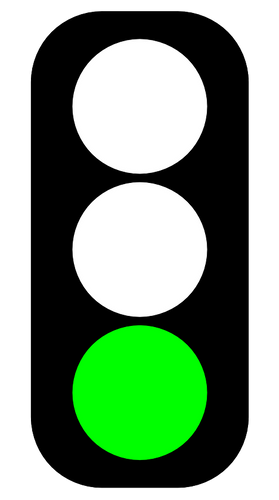
Caution Level Green - 08/04/2023
Enjoy the lake. Conditions are appropriate for exposure to the water.
Indian Notch Park Information
In case of a lake emergency please contact 911.
To report boating accidents or illegal activity on DEEP properties please contact 860-424-3333 (DEEP Dispatch).
Conditions

The water level of the three Bolton Lakes is managed by CT DEEP at the dams between each lake. Each Fall, on or about Nov 1st, both Middle and Lower Bolton lakes are lowered approximately 18 inches from the spillway level. The spillway level is marked as zero on the gauge on the Lower Bolton Lake dam.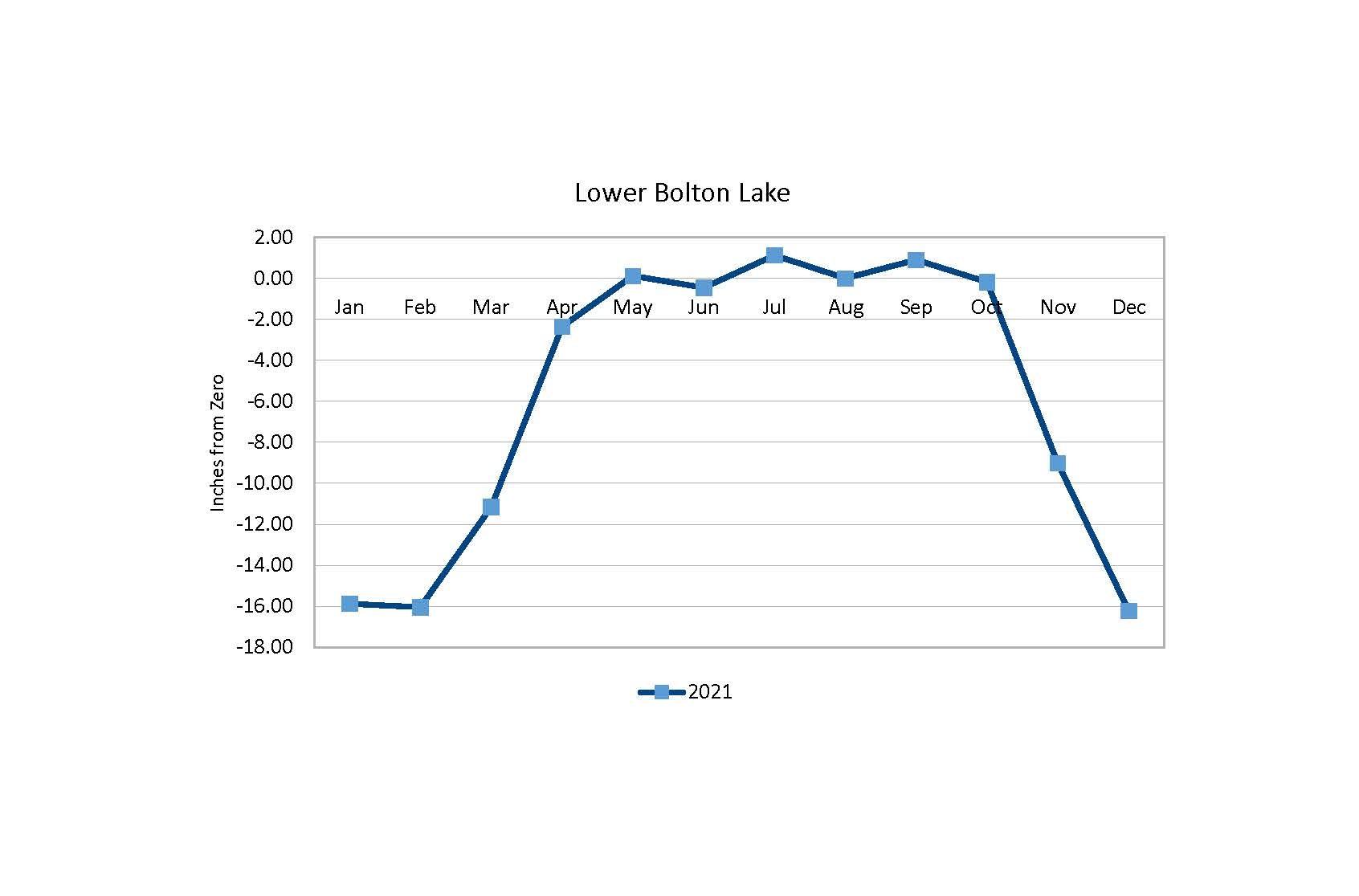
Cyanobacteria Level
When Cyanobacteria is present in Lower Bolton Lake and it is being monitored, the levels will be reported here.
If you believe you have observed an algal bloom please click the link above and attach location details and photographs.
Weekly monitoring of bathing water quality has been resumed for Summer 2023.
The Commissioner of Health Services has established that concentrations of the E. coli indicator organism less than or equal to 235 per 100 mL is generally considered satisfactory. A single sample with a concentration of the indicator organism greater than 235 per 100 ml is in excess of that which is normally considered acceptable for bathing and a resample is required. Additionally, a running geometric mean based on at least 5 sample results per 30-day period is to be used when evaluating the long-term microbiological suitability of recreation water quality. An acceptable running geometric mean for the indicator organism density for swimming waters is less than or equal to 126. Factors that may influence the growth of this organism include large populations of waterfowl, the number of bathers, and the amount of rainfall received at the time of testing.
Date |
Indian Notch Park |
Rosedale Beach |
|
5/22/2023 |
<10 |
<10 |
|
5/30/2023 |
<10 |
10 |
|
6/05/2023 |
64 |
20 |
|
6/12/2023 |
10 |
64 |
|
6/20/2023 |
10 |
<10 |
|
6/26/2023 |
53 |
87 |
|
7/05/2023 |
31 |
52 |
|
7/10/2023 |
10 |
20 |
|
7/18/2023 |
<10 |
<10 |
|
7/24/2023 |
110 |
31 |
|
7/31/2023 |
10 |
20 |
|
8/8/2023 |
140 |
<10 |
|
8/14/2023 |
<10 |
10 |
|
8/21/2023 |
10 |
<10 |
Care
Buffers/Rain Gardens with Native Plants
A rain garden is a depressed area in the landscape that collects rain water from a roof, driveway or street and allows it to soak into the ground. Planted with grasses and flowering perennials, rain gardens can be a cost effective and beautiful way to reduce runoff from your property. Rain gardens can also help filter out pollutants in runoff and provide food and shelter for butterflies, song birds and other wildlife. More complex rain gardens with drainage systems and amended soils are often referred to as bioretention.
Runoff
Town of Bolton MS4 General Stormwater Permit 2021 Annual Report
Before leaving the launch:
- Clean: remove any visible mud, plants, fish or animals before transporting equipment.
- Drain: eliminate water from equipment, such as a live well, before transporting.
At home or prior to your next launch:
- Dry: anything that comes into contact with water (boats, trailers, anchors, propellers, fishing equipment, clothing, dogs, etc) for a minimum of 1 week.
- If drying isn’t possible, wash with hot water (preferably high pressure).
- Never release plants, fish or animals into a body of water unless they came out of that body of water.
- Dispose any unused bait in an upland trash
Concerns
Invasive
Aquatic invasive species (AIS) are non-native species which crowd out
or outcompete native plants and animals. They often have no natural
predators or interact with the environment in a way that allows them
to grow quickly and aggressively. AIS can create undesirable recreation conditions, cause loss of habitat for wildlife like fish, and decrease ecosystem biodiversity.\
Reports
Status Updates
2023 Monitoring Results
Monitoring updated 10.15.23

